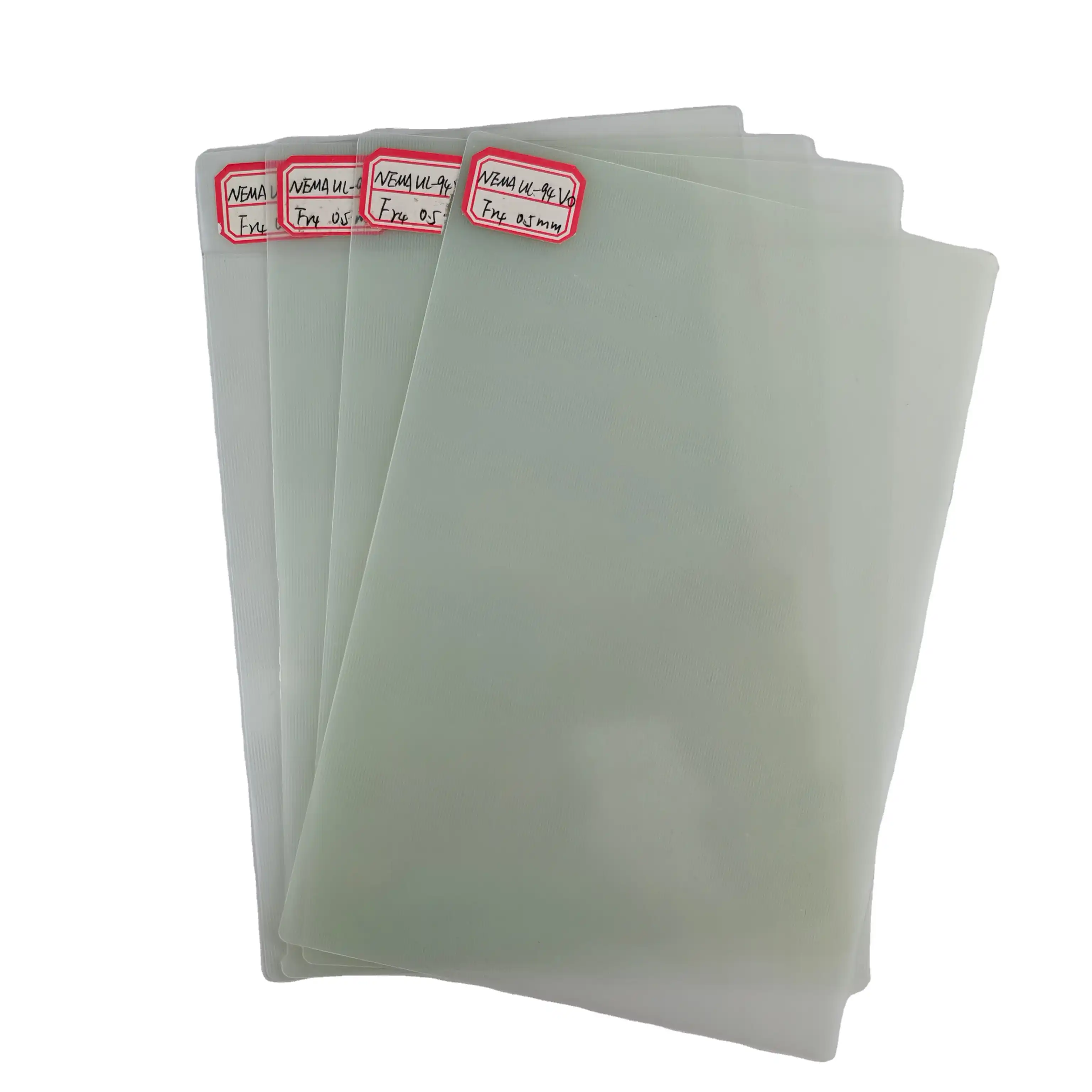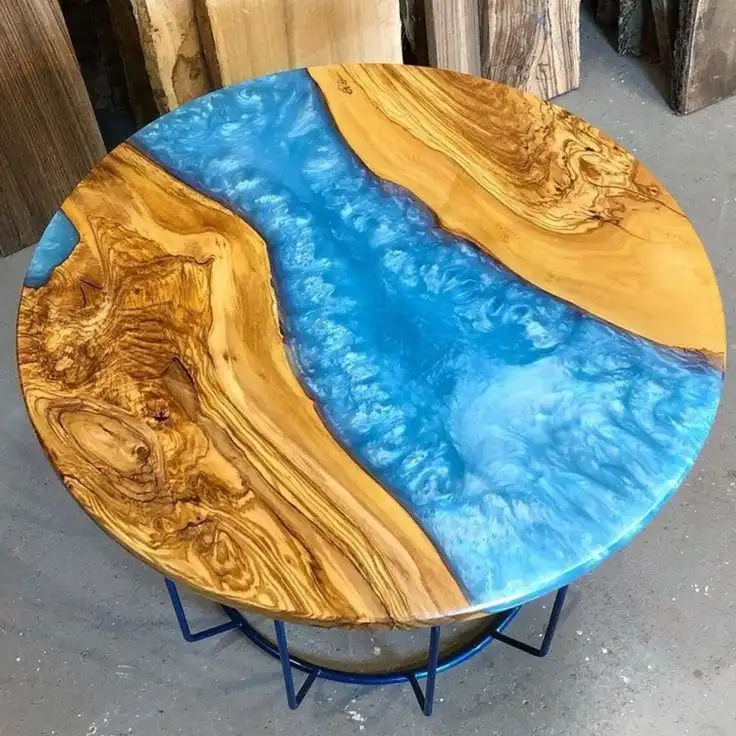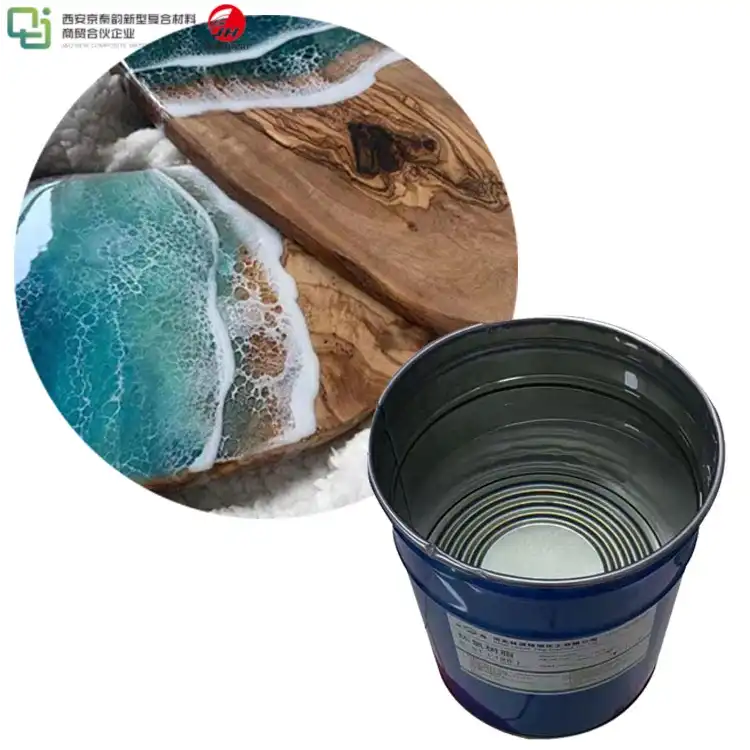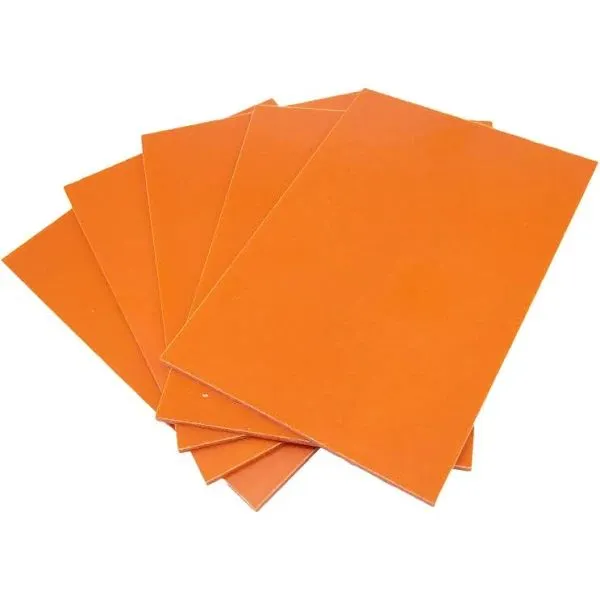Is Epoxy Laminate a Composite Material?
2025-02-13 17:30:19
Yes, epoxy laminate is indeed a composite material. Epoxy laminates are created by combining multiple layers of reinforcement materials, typically fiberglass or other fabrics, with epoxy resin. This combination results in a strong, durable, and versatile composite material. The reinforcement fibers provide strength and stiffness, while the epoxy resin acts as a binder, holding the fibers together and providing additional properties such as chemical resistance and electrical insulation. The resulting composite material offers superior performance characteristics compared to its individual components, making epoxy laminates ideal for various applications in industries like electronics, aerospace, and construction.
Composition and Structure of Epoxy Laminates
Reinforcement Materials in Epoxy Laminates
Epoxy laminates utilize a variety of reinforcement materials to enhance their mechanical properties. Fiberglass is a popular choice due to its excellent strength-to-weight ratio and cost-effectiveness. Other reinforcement options include carbon fibers, aramid fibers, and natural fibers like flax or hemp. These materials are typically woven into fabrics or mats, providing a stable structure for the composite.
Epoxy Resin Matrix
The epoxy resin serves as the matrix in epoxy laminates, binding the reinforcement fibers together and distributing loads across the material. Epoxy resins are thermoset polymers known for their exceptional adhesive properties, chemical resistance, and electrical insulation. The resin can be formulated with various additives to tailor its properties for specific applications, such as flame retardants or UV stabilizers.
Layering and Curing Process
Epoxy laminates are fabricated through a layering process, where alternating layers of reinforcement material and epoxy resin are stacked to achieve the desired thickness and properties. This layup is then subjected to heat and pressure in a process called curing, which causes the epoxy resin to crosslink and harden. The curing process is crucial in determining the final properties of the laminate, including its strength, stiffness, and thermal resistance.
Properties and Advantages of Epoxy Laminates
Mechanical Strength and Stiffness
Epoxy laminates are renowned for their exceptional mechanical properties, including high tensile and compressive strength. The unique combination of reinforcement fibers, such as fiberglass, and epoxy resin creates a material that is both stronger and stiffer than its individual components. This synergy enhances the laminate's ability to withstand stress and strain, making it ideal for load-bearing applications. Its superior dimensional stability further ensures reliability in demanding environments, such as in aerospace, automotive, and structural engineering, where strength and durability are critical.
Chemical and Environmental Resistance
One of the key advantages of epoxy laminates is their exceptional resistance to chemicals, moisture, and various environmental factors. The epoxy matrix acts as a robust protective barrier, preventing the reinforcement fibers from being damaged by corrosive substances, acids, or salts, while also shielding against water absorption. This enhanced durability ensures that epoxy laminates maintain their strength and integrity in challenging environments, making them ideal for applications in industries like marine, automotive, and chemical processing, where exposure to harsh conditions is common.
Electrical and Thermal Properties
Epoxy laminates are widely valued in the electronics industry for their outstanding electrical insulation properties. They can be specially formulated to achieve precise dielectric constants and low loss tangents, making them ideal for high-frequency applications where signal integrity is crucial. Moreover, epoxy laminates can be engineered with low thermal expansion coefficients, which ensures they maintain dimensional stability even under extreme temperature fluctuations. This combination of electrical and thermal properties makes epoxy laminates highly reliable in sensitive electronic devices and components, contributing to long-lasting performance and efficiency.

Applications of Epoxy Laminates
Electronics and Printed Circuit Boards
In the electronics industry, epoxy laminates are essential for the construction of printed circuit boards (PCBs). Among the various types, FR-4, a fiberglass-reinforced epoxy laminate, is particularly popular due to its outstanding combination of electrical properties, mechanical strength, and dimensional stability. These characteristics make FR-4 an ideal substrate material for PCBs, as it supports efficient signal transmission, provides structural integrity, and withstands thermal stress. By offering a stable and reliable base, FR-4 ensures that electronic components are securely mounted, enabling the creation of complex and high-performance circuit designs.
Aerospace and Transportation
Epoxy laminates discover broad utilize in aviation and transportation applications due to their high strength-to-weight ratio and strength. They are utilized in air ship interiors, basic components, and radomes. In the car industry, epoxy laminates are utilized in body boards, insides components, and under-hood applications, contributing to lightweight and fuel-efficient vehicle plans.
Construction and Infrastructure
The construction industry leverages epoxy laminates for different applications, counting fortifying concrete structures, making enhancing boards, and creating corrosion-resistant channels and tanks. Epoxy laminates are moreover utilized in the generation of wind turbine blades, taking advantage of their high quality, weakness resistance, and capacity to be molded into complex shapes.
Conclusion
Epoxy laminates exemplify the essence of composite materials, combining the qualities of support fibers and epoxy resins to make a flexible and high-performance material. Their interesting properties, counting mechanical quality, chemical resistance, and fabulous electrical characteristics, make them vital in various businesses. As innovation progresses, epoxy laminates continue to advance, advertising new conceivable outcomes for inventive applications and pushing the boundaries of material science.
Contact Us
For more information about our epoxy laminate products (FR4 sheet,3240 epoxy sheet,bakelite board,phenolic cotton sheet) and how they can benefit your specific application, please don't hesitate to contact us at info@jhd-material.com. Our team of experts is ready to assist you in finding the perfect insulating sheet solution for your needs.
References
1. Smith, J. A., & Johnson, R. B. (2020). Composite Materials: Principles and Applications. Advanced Materials Press.
2. Lee, S. M., & Chawla, K. K. (2018). Epoxy Resins in Composite Laminates: Properties and Applications. Journal of Composite Materials, 52(15), 2089-2105.
3. Zhang, Y., & Wang, X. (2019). Advancements in Epoxy Laminate Technology for Printed Circuit Boards. Electronics Manufacturing Quarterly, 37(2), 78-92.
4. Brown, A. C., & Davis, E. F. (2021). Mechanical Properties of Fiber-Reinforced Epoxy Laminates: A Comprehensive Review. Composites Science and Technology, 201, 108534.
5. Thompson, L. M., & Anderson, P. R. (2017). Environmental Durability of Epoxy Laminates in Aerospace Applications. Aircraft Engineering and Aerospace Technology, 89(6), 823-836.
6. Garcia, R., & Martinez, S. (2022). Innovations in Epoxy Laminate Formulations for Next-Generation Electronics. Advanced Engineering Materials, 24(3), 2100987.







